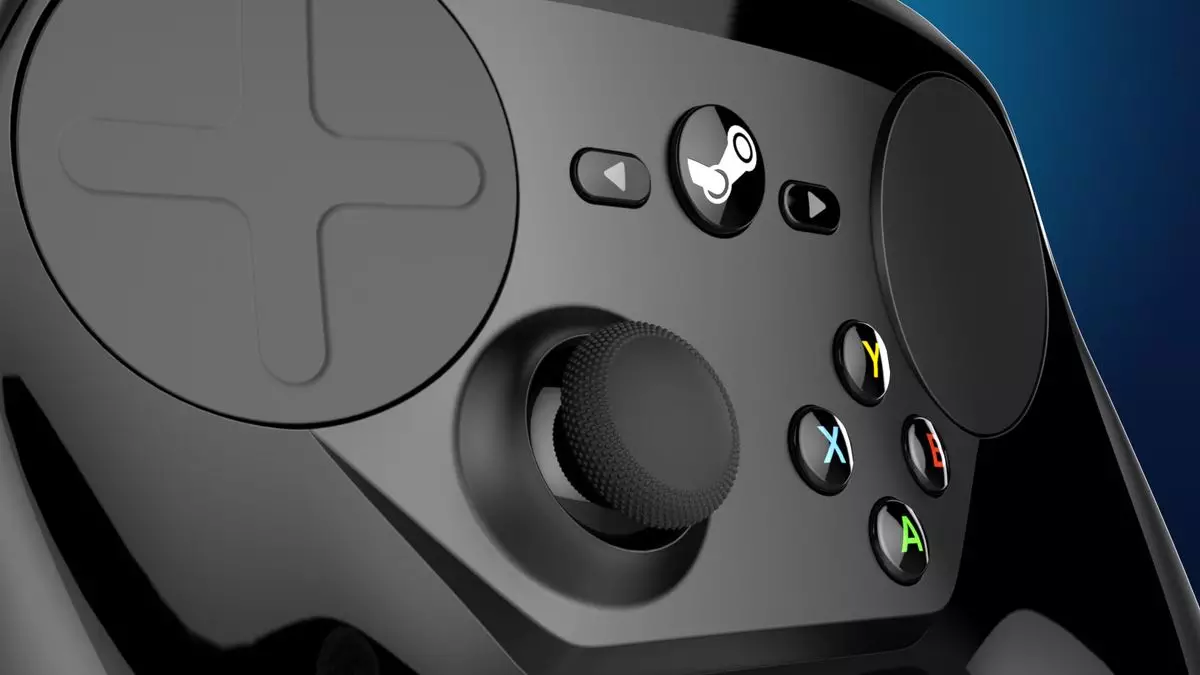The gaming accessory landscape is constantly evolving, with manufacturers striving to keep up with the rapid advancements in technology and changes in gaming habits. One product that often comes to mind in this discussion is the Steam Controller. Much maligned and similarly praised, the original model has been retired for a significant period. However, news of a successor, the Steam Controller 2, has begun to circulate, sparking conversations about its potential impact, design, and market relevance.
The original Steam Controller was released with great expectations in 2015, but its journey was anything but smooth. Though Valve aimed to bridge the gap between PC gaming and console ease, the execution suffered from various limitations. Enthusiasts championed its unique features, such as dual trackpads and customizable controls, which purportedly provided a mouse-and-keyboard-like experience on a controller. However, many users found the absence of standardized configurations and profile challenges frustrating. The overwhelming reliance on community-generated profiles made it difficult for newcomers to fully enjoy the experience without significant initial investment in time and learning.
Moreover, the build quality of the original Steam Controller was criticized extensively. Valve’s previous hardware projects were known for outstanding innovation but often fell short in material durability and user experience. While the initial possibilities were thrilling, actual usage revealed a disconnect—how could a controller intended to elevate PC gaming experience fail to deliver on core functional aspects?
Fast forward to October 2023; rumors regarding the Steam Controller 2 indicate that Valve may be preparing for mass production. Leakage from industry insiders, particularly Valve’s own Brad Lynch, has sparked excitement, suggesting that the company is not only aware of past criticisms but might be implementing changes to improve user experience. Unlike its predecessor, which was viewed as niche, there seems to be an emerging market interest in a new controller that accommodates couch gaming, especially with the growing prevalence of remote play options and handheld device capabilities.
An important narrative shift has occurred since the original Steam Controller era. With advancements in technology, the gaming ecosystem has embraced streaming and remote play, offering gamers more options for how and where they choose to engage with their favorite titles. Thus, the landscape is ripe for a controller that could cater to a wider audience seeking flexible gaming solutions.
As we speculate about design choices for the Steam Controller 2, it’s essential to consider user habits that have evolved in recent years. Detection of changing preferences suggests that a return to the original’s trackpad setup might not align with today’s gaming demands. Valve might opt for a hybrid design that combines elements from the successful Steam Deck—likely incorporating thumbsticks alongside touch-sensitive surfaces. This course of action would be consistent with Valve’s approach to learning from their past product endeavors.
Conversely, the question remains: could Valve dare to think outside the box and introduce a radically different design? Imagining a ‘normal’ controller with more traditional configurations could surprise longtime fans and critics alike. Whether Valve leans towards innovation or nostalgia, the implications for its fanbase and the gaming industry are intriguing yet uncertain.
The reception of a second Steam Controller depends significantly on market dynamics and community response. Should it roll out with subpar features akin to its predecessor, the backlash from disenfranchised consumers could mirror similar failures of the past. Conversely, if Valve capitalizes on user feedback and adapts to contemporary needs, the Steam Controller 2 could become a compelling choice for casual and dedicated gamers alike.
A key barometer for success involves measuring how well the product integrates functionalities that users desire, such as compatibility with existing technology and flexibility across diverse gaming scenarios. If the design is well-received, supporters who remained loyal through the original Steam Controller might eagerly endorse the new iteration, thus growing its acceptance within the gaming community.
The potential launch of the Steam Controller 2 offers a fascinating glimpse into the evolving relationship between hardware design and consumer demands. Both Valve’s commitment to innovation and the adaptation to previously unmet needs will ultimately define its success. As the gaming landscape continues to shift, the anticipation surrounding this second iteration illustrates both the struggles and triumphs that Valve has faced—and continues to face—in its quest to redefine the gaming experience.


Leave a Reply